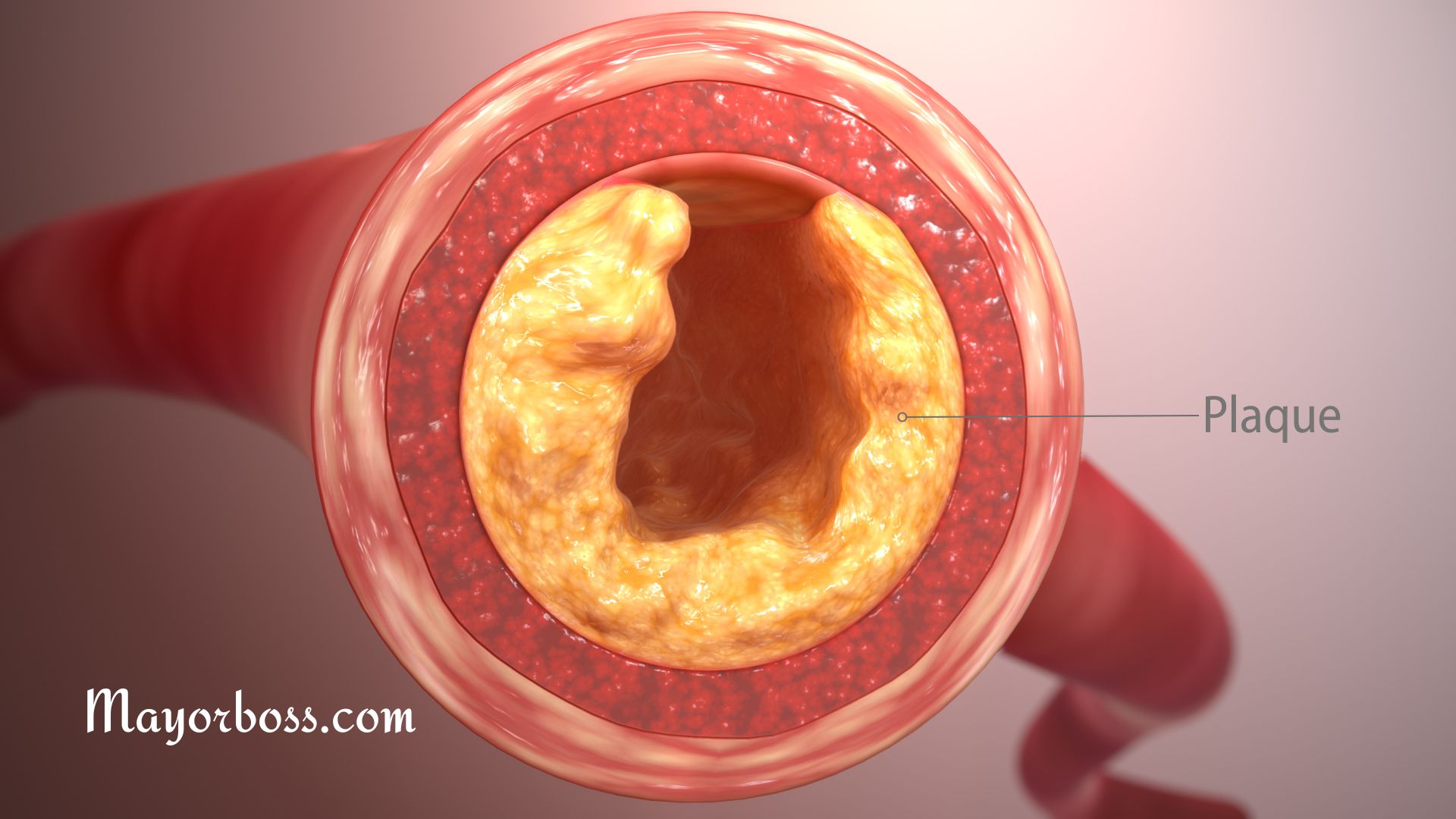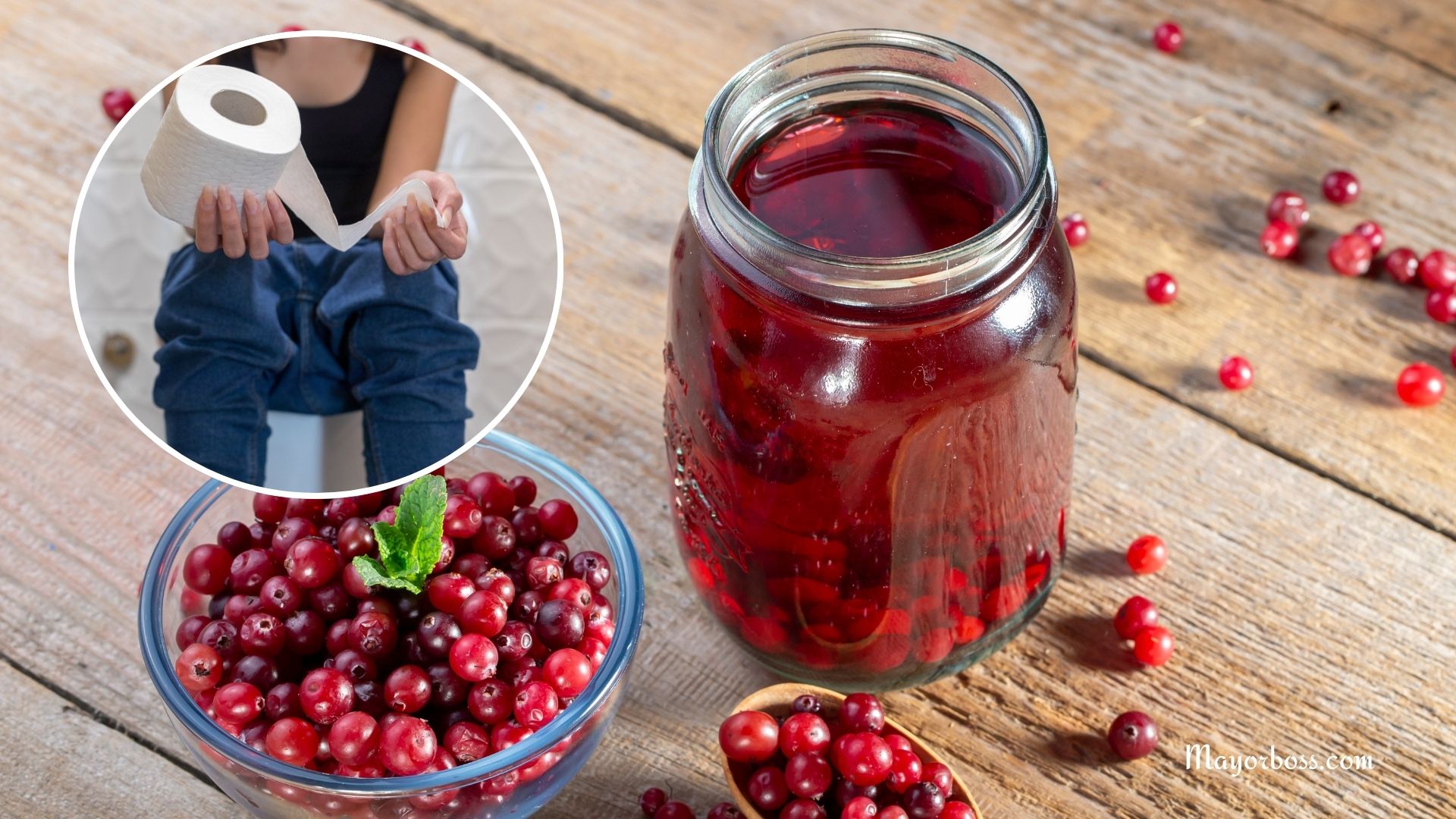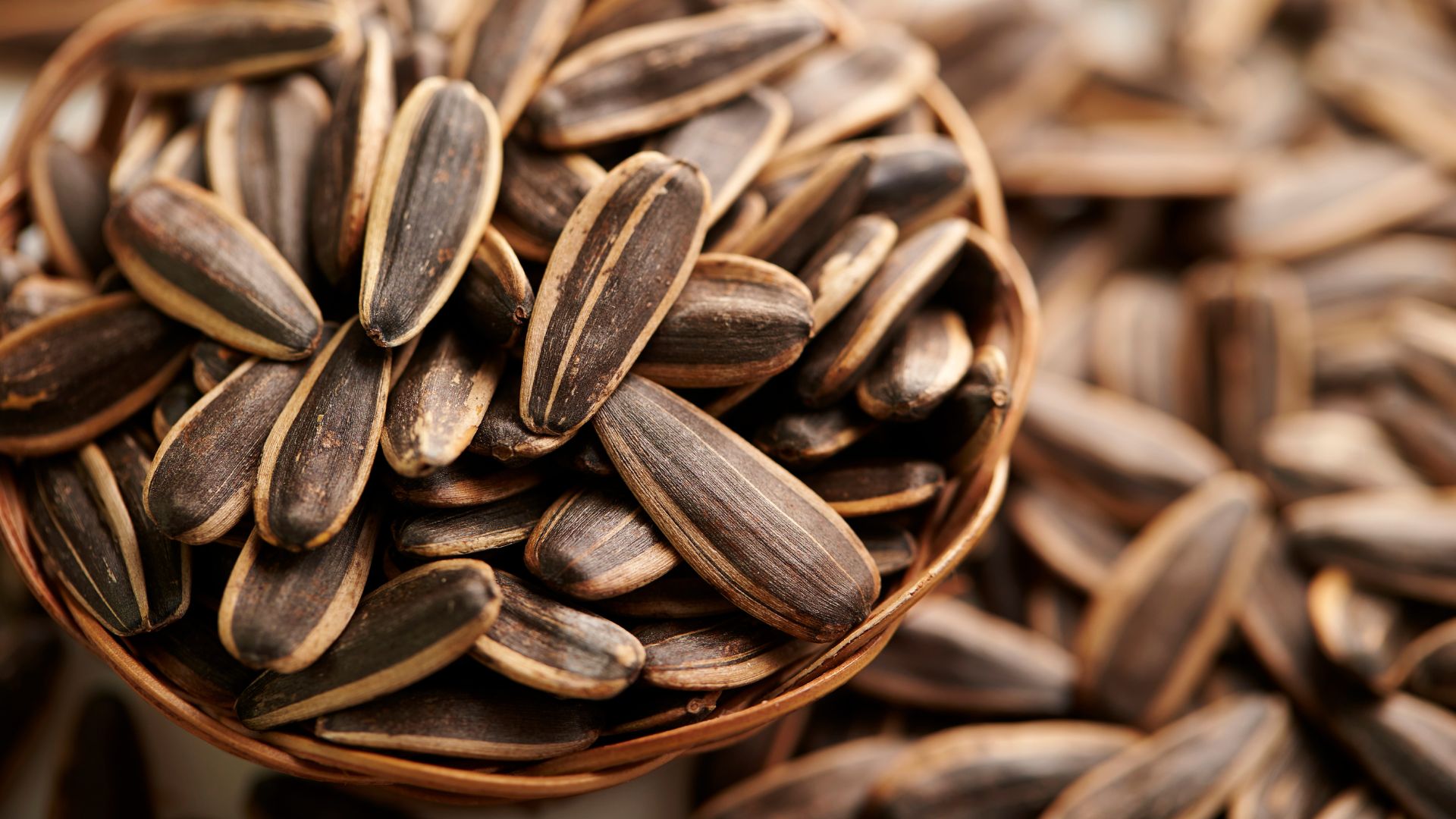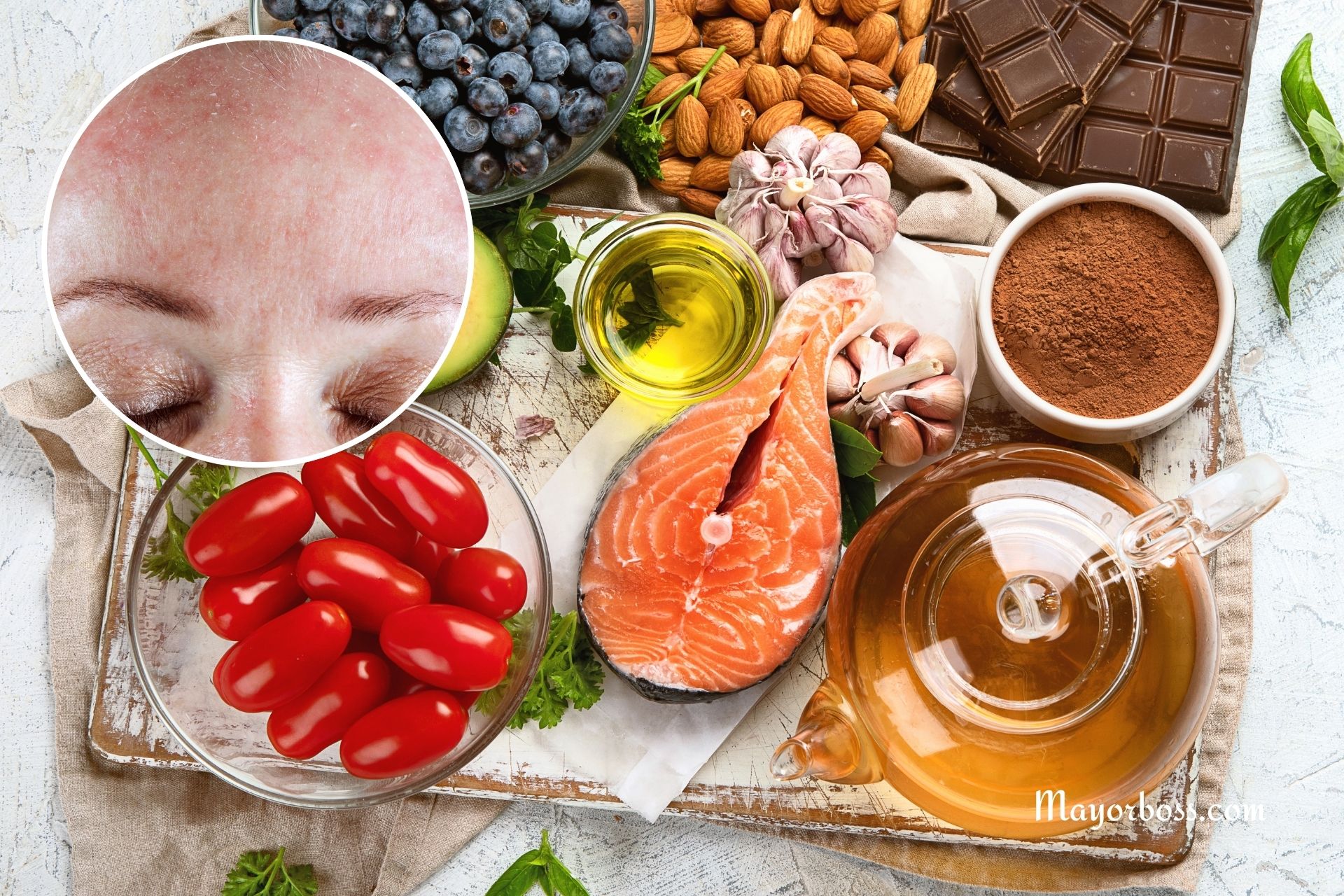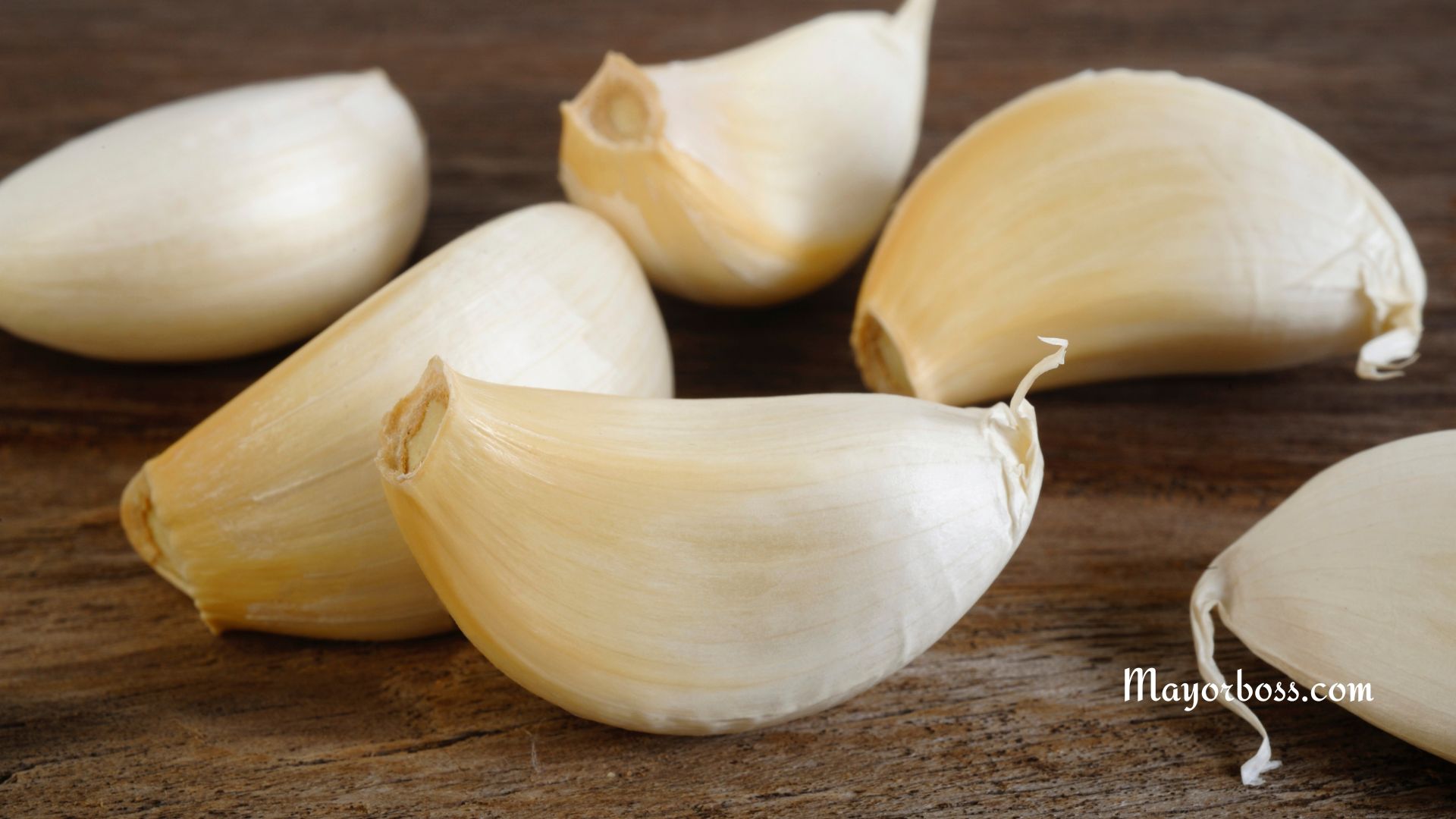6 Potential Health Benefits of Bay Leaf
If you’ve ever cooked a stew or soup, you might have used a bay leaf to enhance the dish’s flavor. But did you know that these humble leaves have a range of potential health benefits too? I’m Dr. Mayor Boss, Ph.D. in Pharmaceutical Sciences, and today I’m going to share with you six potential health benefits of the bay leaf.
What are Bay Leaves?
Simply put, bay leaves come from the bay laurel plant (Laurus nobilis), an evergreen shrub native to the Mediterranean region. These leaves have been used in cooking and traditional medicine for centuries thanks to their unique taste and aroma. Dried bay leaves are typically used as an herb in various recipes, including soups, stews, and sauces.
The approximate nutritional profile of two teaspoons (1g) of crumbled, dried bay leaves is as follows:
- 5kcal / 21kj
- 0.1g protein
- 0.2g fat
- 1.3g carbohydrates
- 0.4g fiber
Bay leaf is even an abundant source of potassium, calcium, iron, vitamin A, vitamin B6, and vitamin C. With this knowledge in hand, let’s dive into their health benefits.
The Potential Health Benefits of Bay Leaves
1. Packed with Antioxidants
Bay leaves are rich in various antioxidants, including eugenol, linalool, and caffeic acid. These compounds help protect your body from damage by free radicals, potentially preventing the onset of various chronic diseases.
2. May Aid in Digestion
Traditional medicine often utilizes bay leaves to treat digestive disorders. The organic compounds found in them can settle an upset stomach, soothe irritable bowel syndrome (IBS), and reduce symptoms of celiac disease. Some even believe that bay leaves have mild diuretic properties, enhancing detoxification.
3. Can Support Heart Health
Bay leaves contain compounds like rutin, salicylates, and caffeic acid, which can improve heart health. According to medical research, rutin strengthens arteries and capillaries walls in your heart and your body’s extremities. On the other hand, caffeic acid can assist in eliminating LDL or ‘bad’ cholesterol.
4. Potential Anti-Inflammatory Properties
Bay leaves contain parthenolide, a phytonutrient that has potent anti-inflammatory and antioxidant properties. As a result, they can help alleviate conditions like arthritis and may even have applications in reducing the effects of conditions like asthma.
5. May Improve Skin Health
The antioxidants and organic compounds in bay leaves can help improve your skin health. They can combat the signs of aging, heal blemishes, and address skin infections. A paste made from bay leaves and applied to the skin can add a glow to your skin and may reduce wrinkles.
6. May Help Regulate Blood Sugar Levels
A study showed that consuming ground bay leaves daily could decrease risk factors for type 2 diabetes and heart disease. This is possibly due to their ability to affect the insulin receptor function and enhance cell uptake of glucose.
Are Bay Leaves Safe for Everyone?
Bay leaves are generally safe to consume for most people when used in moderation as a part of your diet. However, they are usually removed from dishes before eating due to their sharp and hard texture, which can cause discomfort or harm if swallowed.
To summarize, bay leaves are more than just flavoring agents. They come with a slew of potential health benefits, from aiding digestion to supporting heart health. So, the next time you toss a bay leaf into your pot, keep in mind you’re also adding a dash of health to your meal. As always, I recommend enjoying bay leaves as part of a balanced diet.


